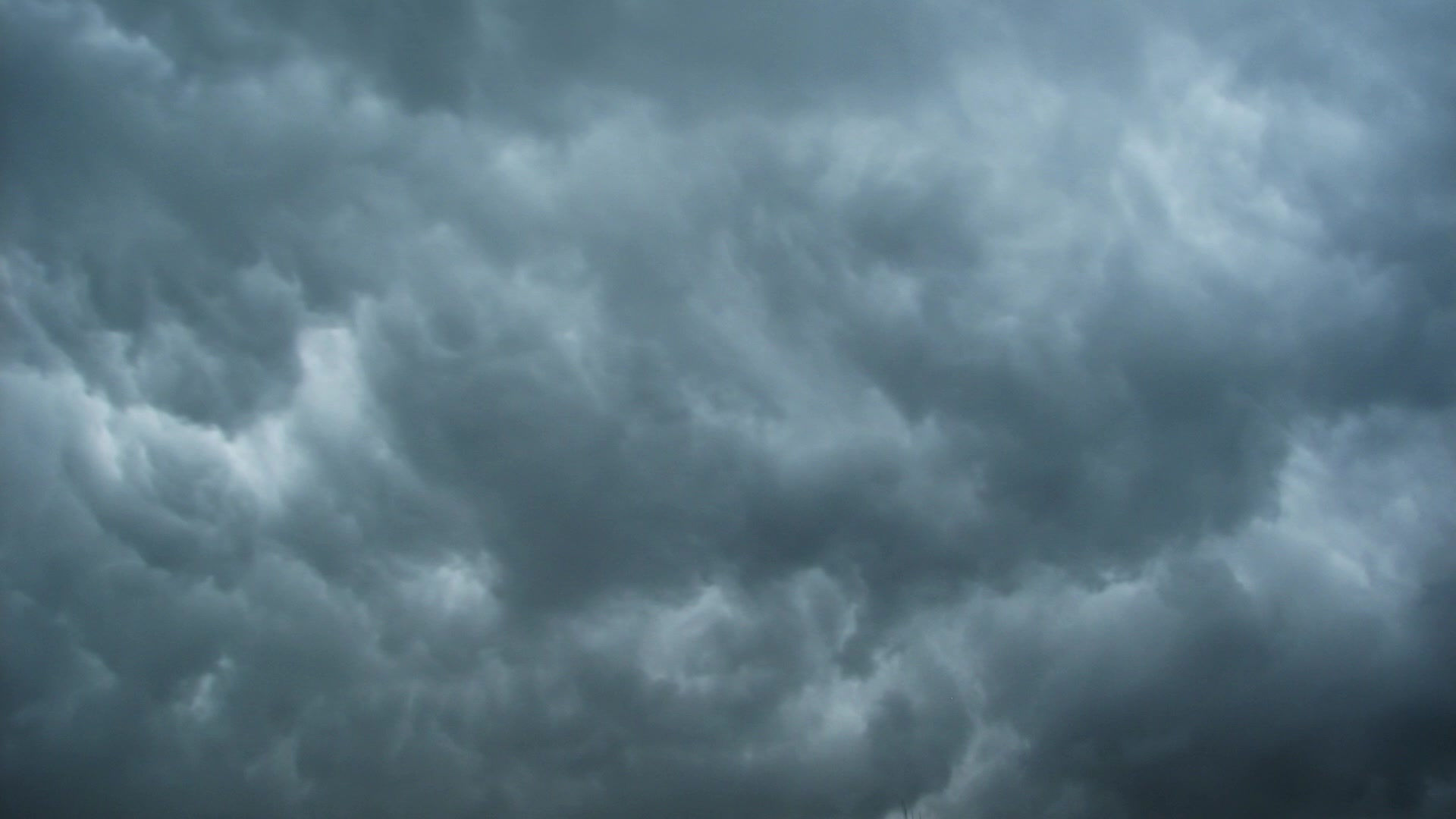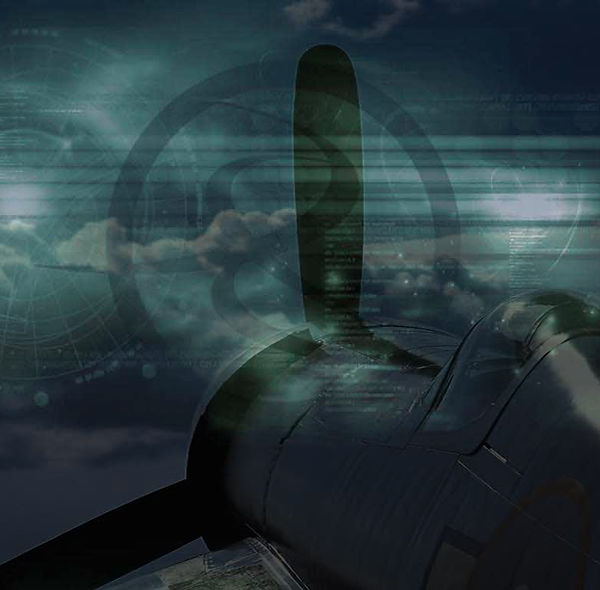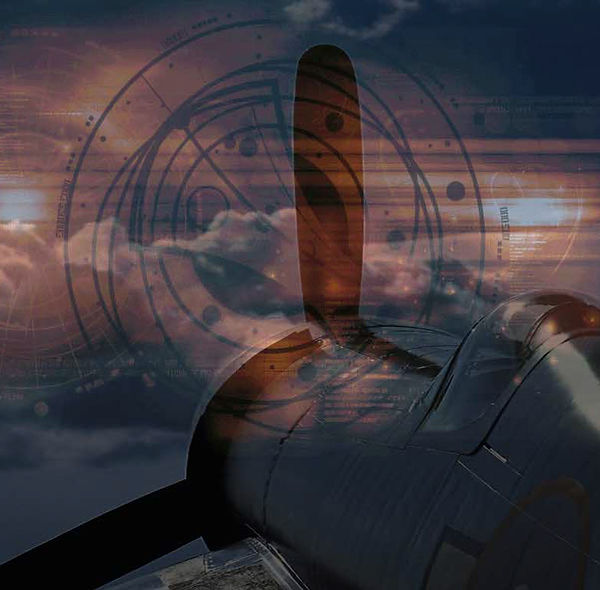
Hold your pointer on a tab in the menu on top of the page to view and handle the sub menus.



XF4U-3A Vought Corsair (*)
On 14th June, BuAer asked Vought a proposal for making a high altitude version of the Corsair.
With the Vought project VS-331,Vought created the F4U-3 being a high speed, high altitude version of the Corsair fitted with a 2stage turbo supercharger from Rudolph Birmann of TEC from Trenton.
Plans were made in March 1942 for two proto types and a third was ordered in December 1942, to be converted from F4U-1 existing airframes and also decided mid 1943 to evaluate the Pratt & Whitnev XR-2800-16 "C"-series engine with a 2stage Birmann turbosupercharger of 1009A type. The change to this powerplant necessitated the use of a four-blade Hamilton Standard propeller with blades of 6501A-0 type.
The first prototype was called the XF4U-3A, and it was converted from a F4U-1A, BuNo. 17516. This plane used the the birdcage canopy, the turbo supercharger was instalIed in a large fairing under the fuselage, this fairing was 50 inch large that it eliminated the catapult hooks, but this was of no consequence, since the proposed F4U-3 was to be used exclusively by the US Marines as a land based fighter.
It was flown for the first time on 16th or 22nd April 1944.
(*) : Index - References - Notes - Citations